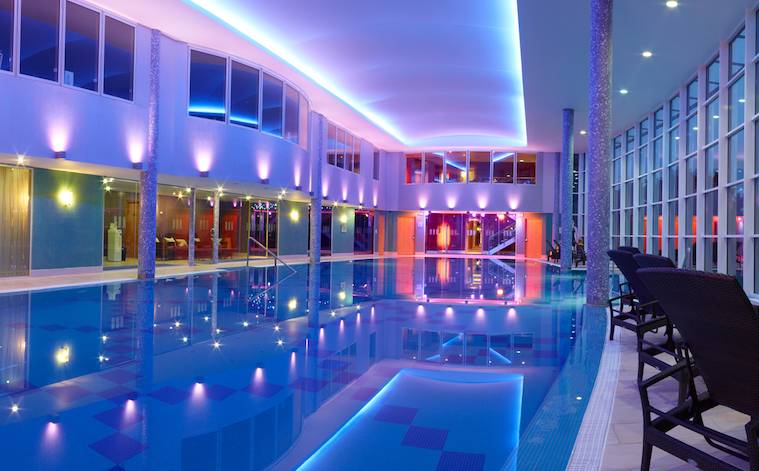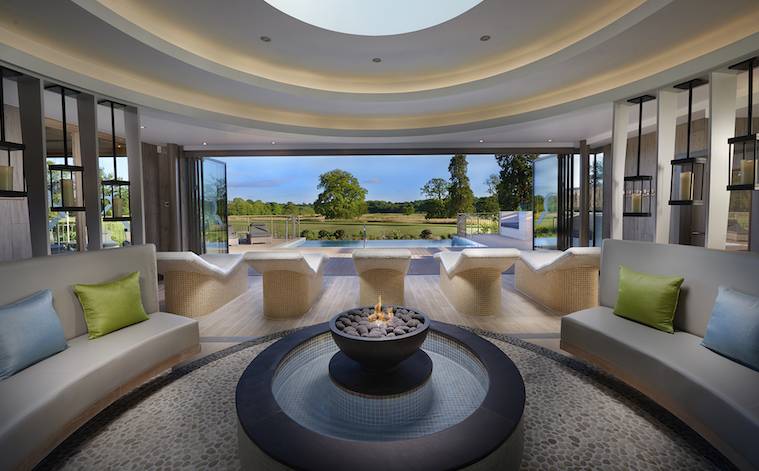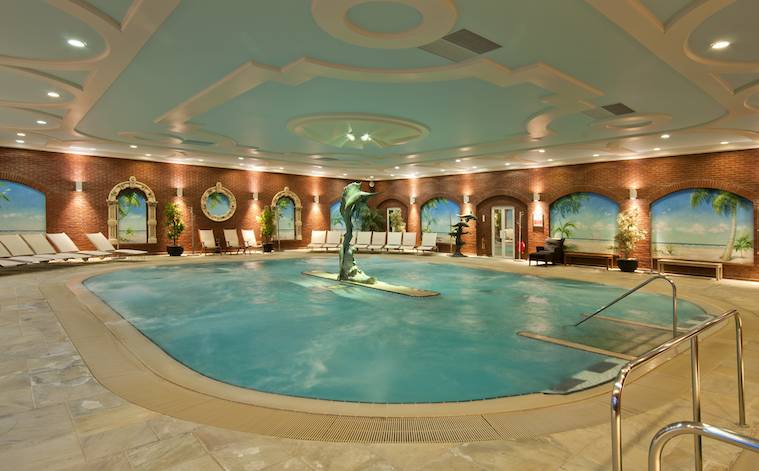
Everyone has their own idea of what a facial involves. To some people, it’s a simple exfoliation and facemask, while others will expect a scalp or shoulder massage to be thrown in for good measure. For others, it’s the work of several hours, incorporating high tech equipment and luxury products.
The fact is, they’re all right. No two facials are the same – they vary according to your requirements, your skin type, the amount of time you have to spend in the treatment room, the spa you choose, the products you use and your therapist.
Before any spa treatment, you should have the opportunity to speak to your therapist about what you want (and don’t want), but if you need a little help choosing the right facial beforehand, here are the main types you can expect.
+ Best for… a quick fix for stressed skin
This is a great starter facial for spa newbies. Express facials usually take 25 – 40 minutes, and take you through the whole facial process without any bells and whistles.
You will usually start with a quick cleanse, where the therapist removes all your makeup before applying a cleansing lotion and toner. Then you can close your eyes while your skin is heated with a hot towel or a quick steam.
Once your skin is clean and pores have been opened, your therapist will take a closer look and identify any problem areas or clogged pores. You may be offered an ‘extraction’, where your therapist removes any little spots or blockages one by one – this can be painful, but the results are well worth it!
Your express facial will finish with a facemask and perhaps a brief neck and shoulder massage, and you will leave feeling refreshed and relaxed.
+ Best for… balancing oily skin and relaxing
An aromatherapy facial will involve the usual cleansing, exfoliating and massaging techniques associated with all facials, but it will focus on one or more essential oils, which are chosen to suit your skin’s needs. For instance, lavender oil is typically used on sensitive skin and to aid relaxation.
Despite what you may think, adding essential oils will not make your skin appear greasy, although you will notice a bit of a sheen directly following your facial as the oil sinks in. In fact, the use of essential oils can actually help restore the natural balance to oily or combination skin.
+ Best for… treating fine lines and dark spots
Make sure you read the small print before investing in one of these – all facials will leave you with younger looking skin, but if you want to see actual anti-aging results, you should expect your therapist to use advanced skin technology and top notch products.
Professional, effective anti-aging facials will work to restore collagen levels to the skin at a cellular level, and improve elasticity and skin tone. They may include a collagen mask, a chemical peel, microdermabrasion or special serums and moisturisers.
It is worth noting that anti-aging facials are not recommended for anyone under 35 or so, as they are specifically targeted at mature skin and may actually have a negative effect on younger, more sensitive skin.
+ Best for… treating specific skin problems
If you suffer from dry skin, acne-prone skin or conditions such as dermatitis, you may need something a little more powerful from your facial.
Choose a highly regarded spa that stocks specialist brand names, such as Elemis, ESPA or Dermalogica (to name just three), and request a full skin consultation before you book your treatment.
Your therapist will be able to suggest the most appropriate treatment for your skin and personalise it to your exact requirements. It may be more expensive than a standard facial, but it will be the best facial you have ever had.
 Stobo Castle
Stobo Castle Rockliffe Hall Spa
Rockliffe Hall Spa Nirvana Spa
Nirvana Spa